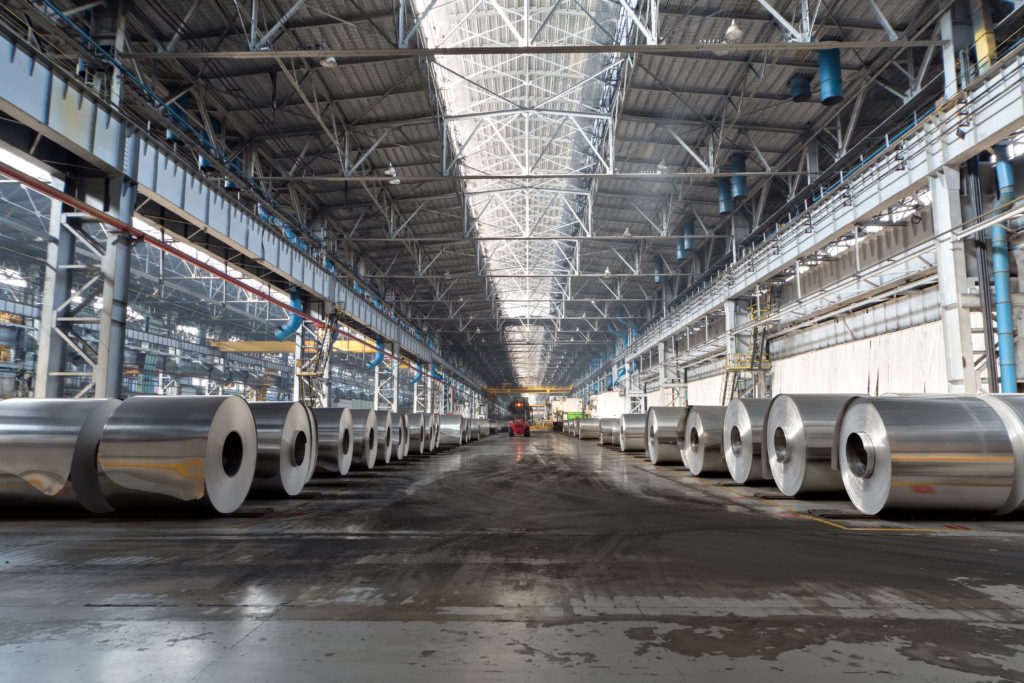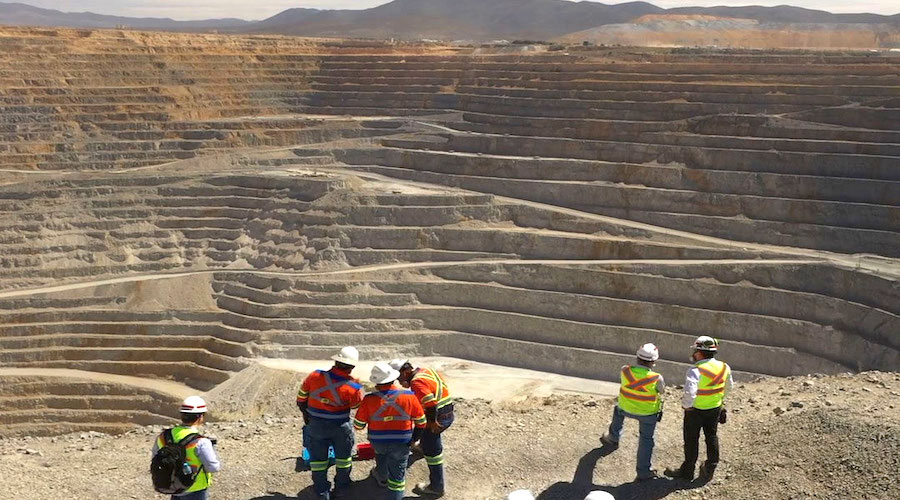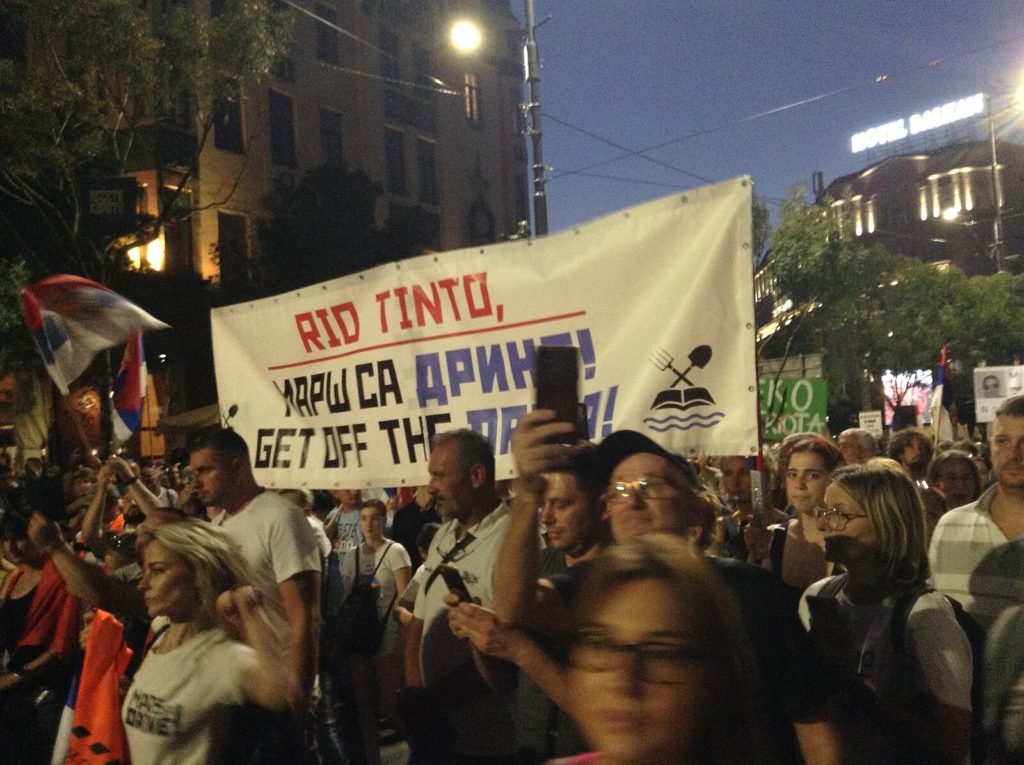
In March 2022, a team of archaeologists was excavating a newly discovered temple of the Egyptian goddess Isis at Berenike, on the shores of the Red Sea, when they unearthed a series of remarkable finds.
Berenike is today a bleak and desolate spot. Here, under pale blue skies, the flat, treeless, red-dust wadis of the eastern desert give way to the windy shores of the Red Sea. There is little to see and, though the site contains the foundations of some once impressive structures — a couple of temples, a Roman aromatics distillery and a fine bath house — the broken walls today rarely rise far above the level of the encroaching sand dunes. Nevertheless, these unprepossessing ruins, easily missed as you drive up the Red Sea coast, were the landing point for generations of Indian merchants travelling to the Roman Empire and were once a place where unimaginable fortunes could be made.
The finds which emerged from the storeroom of the Isis temple included the head and torso of a magnificent Buddha, the first ever found to the west of Afghanistan. It was sculpted from the finest Proconnesian marble, from the island of Marmara off the Turkish coast, in a part Indo-Gandharan, part Palmyran, part Romano-Egyptian style, with rays of the sun beaming out from it on all sides, as if the Buddha had transformed into a Roman solar deity like Sol or Mithras.
From the style of the carving, and what the archaeologists described as the “tortellini-like” curls drilled on to the Buddha’s head, they believed that the sculpture must have been made in a workshop in 2nd century CE Alexandria. It was probably commissioned by a wealthy Indian Buddhist sea captain, in gratitude for his safe arrival in the Roman Empire. Its location in a temple of Isis may not be an accident: one Egyptian papyrus of the period refers to Isis as the mother of the Buddha.
In the storerooms of the Isis temple were also found a stone memorial dedicated to a trinity of early proto-Hindu gods, one of whom, Vasudeva, with his club and discus, would soon evolve into the more familiar form of Krishna; also propitiated was Balarama, with a plough; and the goddess Ekanamsha.
Recent archaeological discoveries are leading to a radical revision by scholars of the intensity, scale and importance of maritime trade between the Subcontinent and the world. For example, one estimate is that one third of the Roman empire’s entire revenue was generated by taxes on trade with ancient India. Historian William Dalrymple’s latest book — The Golden Road: How Ancient India Transformed the World, published by Bloomsbury — presents a fascinating account of this exchange between cultures, civilisations and global wealth. Eos presents, with permission, an excerpt from the book…
There was also a bilingual inscription in Greek and Sanskrit, put up in the 3rd century by a Buddhist devotee from Gujarat: “In the sixth year of King Philip [ie the Roman Emperor Philip the Arab, in 249 CE], the kshatriya [warrior] Vasula gave this image for the welfare and happiness of all beings.”
Out of the sands of Berenike has come pottery from Spain, frankincense and resin from Southern Arabia, beads from Vietnam and Java, statues of the gods of Palmyra and cedar from Lebanon. There have also been letters, receipts and customs passes from Alexandria. But most of all there has been what the excavator described as “just tons” of Indian finds, including gems and pearls, woven mats and baskets, teak from Kerala and even the bones and skulls of elephants and monkeys — specifically, rhesus and bonnet macaques from India.
Indeed a steady stream of finds from the Indian trading community had been emerging from this stretch of Egyptian desert sand for some time. A great many fragments of cotton weave have turned up in Berenike, which the archaeologists believe to be of a variety grown in Gujarat and the Indus delta. A Tamil-Brahmi pottery graffito was written by a Tamil visitor who called himself “the chieftain Korran”, while Prakrit inscriptions recorded the visits of other south Indians.
Deposits of rice, dal, coconuts, coriander and tamarind show that these south Indian merchants preferred their own deliciously peppery cuisine to that of Egypt, much as their successors still do today. Nearby were found huge 22-pound pots containing several thousand imported Indian black peppercorns.
Ever since the first reports of the incredible splendours and riches of India began reaching Europe after the conquests of Alexander the Great in the 4th century BCE, Europeans had fantasised about the wealth of India. Here, according to Herodotus and the Greek geographers, gold was dug up by gigantic ants and guarded by griffins; here, precious jewels were said to lie scattered on the ground like dust.
It was India, not China, that was the greatest trading partner of the Roman Empire. It is also clear that sea travel was the fastest, most economical and safest way to move people and goods in the pre-modern world, costing about a fifth of the price of equivalent land transport.
As the two worlds were gradually brought into regular and direct contact through the ports of the Red Sea in the 1st century BCE, the Romans became increasingly eager consumers of Indian goods and luxuries, particularly the spices of southern India. Indian merchants were only too happy to satisfy these cravings, at considerable profit.
Archaeological evidence for the surprising intensity of contact between early India and Roman Egypt is growing fast. The Indian finds in Berenike have been mirrored by equally striking evidence of Roman trade emerging from excavations in India, particularly the recent dig near the Keralan village of Pattinam, the probable site of Berenike’s Indian counterpart, Muziris.

As a result, the scale and importance of this trade are currently being radically revised by scholars working on both sides of the Indian oceans. Indeed, according to some recent calculations, customs taxes on trade with India may have generated as much as one-third of the entire income of the Roman exchequer. One source for this striking figure is a unique papyrus document of uncertain origin, believed to have been found in an ancient Egyptian rubbish dump.
The debris chucked out by the people of the now-vanished Egyptian town of Oxyrhynchus — the ‘City of the Sharp-Nosed Fish’ — has for a century been providing a series of remarkable literary discoveries. These have ranged from previously unknown lesbian erotica by Sappho to fragments of the collected early Christian Sayings of Jesus and pieces of a new gospel, that of the apostle Thomas. The rubbish dumps first came to the attention of the outside world in 1895, when reports reached the British archaeologists Bernard Grenfell and Arthur Hunt that the area had begun to yield an extraordinary number of papyrus fragments.
What the two men found when they visited the site, however, surpassed their wildest expectations. “The papyri were, as a rule, not very far from the surface,” wrote Grenfell in the Journal of the Egypt Exploration Fund the following year. “In one patch of ground, indeed, merely turning up the soil with one’s boot would frequently disclose a layer of papyri…”
In the first year, the two men found fragments of lost plays by Aeschylus and Sophocles; the earliest papyrus of St Matthew’s Gospel then known; and a leaf of a previously unknown book of New Testament Apocrypha, the Acts of Paul and Thecla. They also unearthed great quantities of historical documents, such as the report of an interview between the Emperor Marcus Aurelius and an Alexandrian magistrate, as well as an entire archive of administrative correspondence and financial documents. Such was the quantity of documents unearthed that many have only recently been properly studied.
A single papyrus, now in Vienna and believed by some scholars to have originated in the rubbish dumps at Oxyrhynchus, turned out to be a fragmentary loan contract and customs assessment that followed the standard template used by Alexandrian importers for such orders. It was taken out by an Alexandria-based Egypto-Roman entrepreneur for the purchase of goods from an Indian merchant in faraway Muziris on the coast of Kerala.
It gave precise details of one cargo that had been sent to Berenike all the way from India, aboard a ship called the Hermapollon. What caught the attention of historians was the jaw-dropping value of the goods in question. It seems that everything that came out of India at the period was unusually expensive by the time it reached the Roman world.
The exports included nearly four tons of ivory, worth seven million sesterces, at a time when a soldier in the Roman army would have earned about 800 sesterces annually, and a would-be senator from the cream of the Roman aristocracy had to demonstrate assets of one million sesterces to stand for office.

The consignment also included a valuable shipment of 80 boxes of aromatic nard, the precious and much prized aromatic oil of the Himalayan spikenard plant, used in the manufacture of perfume, which makes a brief appearance in the Gospel of John when Lazarus’ sister Martha uses it to anoint the feet of Jesus before wiping them with her hair.
There was, in addition, a consignment of tortoiseshell and 790 pounds of Indian textiles, probably cotton, then considered a luxury product as valuable as silk. The total value of the 150-ton shipment was calculated at 131 talents, “enough to purchase 2,400 acres of the best farmland in Egypt” or “a premium estate in central Italy.”
A single trading ship such as the Hermapollon could possibly carry several such consignments, each worth a small fortune. No wonder then that Pliny the Elder (23–79 CE), the plain-speaking naval commander from northern Italy, mentions that cohorts of archers were carried on board the ships sailing to India, to offer protection against pirates, and that the Muziris papyrus carefully factors in the costs of such private security. One successful shipment of this value could turn the merchants behind it into some of the richest men in the Empire.
That was not all. According to the papyrus, the import tax paid on the cargo worth almost nine million sesterces was over two million sesterces. Working up from these figures and other customs receipts from the period, scholars have estimated that, by the first century CE, Indian imports into Egypt were worth over a billion sesterces per annum, from which the tax authorities of the Roman Empire were creaming off no less than 270 million.
These revenues surpassed those of entire subject countries: Julius Caesar imposed tribute of 40 million sesterces after his conquests in Gaul, while the Rhineland frontier was defended by eight legions at an annual cost of 88 million.
The sea trade along the Golden Road between Rome and India was clearly an immense operation, dangerous and complex, but highly profitable, both to the shippers who operated the trade and to the Roman state that taxed it. The implications of the unprecedented scale of the sea trade between India and Rome from the first century onwards are enormous. It is now clear that historians have been looking at entirely the wrong place when they thought about ancient trade routes.
It was India, not China, that was the greatest trading partner of the Roman Empire. It is also clear that sea travel was the fastest, most economical and safest way to move people and goods in the pre-modern world, costing about a fifth of the price of equivalent land transport. Shipping routes that cut across political and topographical boundaries were always more important than the slow-moving caravan trails, and the overland trade routes always carried much less trade than the sea roads: ships, after all, could carry vastly larger cargoes — often amounting to several hundred tons — and travel much more quickly than donkeys or camels. They could also sail around wars, instability and ambushes.

The Golden Road of early East–West commerce, in other words, lay less overland, through a Persia often at war with Rome, and much more across the open oceans, via the choppy waters of the Red Sea and the Indian Ocean.
There is evidence of pioneering Indian merchants making remarkable prehistoric trading voyages as early as the seventh millennium BCE, when Afghan lapis first turns up in beads found in northern Syria. Sumerian clay tablets of the late second millennium BCE are full of references to lapis, which is used as a simile to describe the colour of the sky and certain flowers, even the beards of men.
Etched carnelian beads from Gujarat of the same date also turn up in the Royal Tombs of Ur (modern Iraq). Sumerian texts refer to a fabulously rich eastern trading city, an early Eldorado, named Aratta, which scholars have identified with one of the Indus valley cities; the same name also appears in early Sanskrit sources.
Teak from Malabar, red Indian marble and ivory were reaching Ur and the young city states of ancient Mesopotamia and the wider Persian Gulf region by c.2500 BCE. Some may have come overland, with the goods passed from merchant to merchant in a commercial relay race, but the larger and heavier objects, such as tree trunks and large blocks of precious stone, would have been much easier to move by boat.
These valuable cargoes were probably rafted down the Indus, and then ferried on in the larger seagoing boats of Meluhha, as the people of the Indus Valley Civilisation are now believed to have called themselves. The same Meluhhan boats were reaching the Persian Gulf during the reign of King Sargon of Akkad, in modern Iraq, around 2,300 BCE.
Distinctive Indus valley cooking utensils, shell jewellery and toys that have turned up at presumed Meluhhan ‘colony’ sites in Mesopotamia imply that the merchants from the Indus valley were accompanied by their children and womenfolk. Some even seem to have brought their water buffaloes and zebu-humped cattle to provide them with milk, while Indus valley-style gaming boards and dice indicate how these pioneering traders entertained themselves on the long, hot Mesopotamian summer afternoons.
Further evidence of a very early Indian merchant diaspora lies scattered around the Middle East: one cuneiform tablet mentions an entire village of Meluhhan Indians, settled in what is now Iraq, while another references an Indian woman running a tavern; there is even a legal notice about a drunken Meluhhan who was fined ten silver ingots for breaking a man’s tooth in a brawl.
Indians also worshipped at the local temples: one Meluhhan trader donated a piece of agate to the temple in Larsa, while one of his compatriots gave a wooden throne, a lapis axe and a sedan chair to the god Tishpak, at his temple in central Mesopotamia. Around 2000 BCE, merchants from the Indus valley were sufficiently common in Babylonia for there to be a need for at least one professional translator of their language. One king of Ur, Sulgi, claimed to be able to speak the language of the Meluhhans. Indian DNA also turns up in a surprising number of the bones excavated from this period in Mesopotamia.
A millennium later, Indians began to travel beyond the Land of the Two Rivers. Grains of Indian pepper placed up the mummified nose of the Pharaoh Rameses II in 1213 BCE also presumably came by this same Red Sea route, along with the Indian diamonds used in the tools which are believed to have cut the stones of the pyramids. Indian beads, silks and spices got even further — indeed as far as the Aegean, where cinnamon has been found on the island of Samos.
Indian sailors on the east coast of India were trading with their counterparts in South-east Asia by the second millennium BCE, when plant species cultivated by South-east Asian farmers start to appear in the archaeological record of South Asia. The areca nut and the coconut palm were probably introduced to South Asia around this time, together with other South-east Asian crops later regarded as quintessentially Indian, such as ginger, cinnamon, sandalwood, bananas and rice. Domesticated chickens and pigs may also have been imports from the south-east.

By the 4th century BCE, there is evidence that merchants had already established a regular maritime trading network that stretched from the east coast of India across the Bay of Bengal to the small but affluent city states and cosmopolitan ports that had begun to emerge in Java, Indonesia, Malaysia, Thailand and the South China Sea. Gold and spices, sandalwood and eaglewood, and fragrant resins such as camphor, as well as pepper and tin, were among the products which the first Indian traders came to buy.
Sanskrit place names such as Takkola (‘Market of Cardamom’), Karpuradvipa (‘Island of Camphor’), Narikeladvipa (‘Island of Coconut Palms’) give us hints of the other goods that attracted Indian merchants to these ports. In return, they traded the many Indian products found by modern archaeologists scattered in the early sites across the region: glass beads, bronze bowls and precious stones formed into simple jewellery, such as carnelian ornaments, some shaped into tiny tiger figurines or lions of translucent rock crystal. Around this time, there is evidence of Indian glassmakers setting up workshops on the Isthmus of Kra, the narrowest point on the Thai-Malay peninsula.
Around the same time, we get the first evidence of peoples from the Mediterranean world sailing eastwards to India. In 510 BCE, a captain named Scylax from Caryanda, on what is now the coast of Turkey, was commissioned by the Persian Shah Darius to sail down the Kabul river, through the mouth of the Indus and hence, hugging the coastline, through the Arabian and Red seas as far as Egypt.
Along the same route came the Indian gemstones, especially beryls and rubies that were used to decorate the exquisite public rooms of the great Achaemenid palace of Persepolis. One 3rd century BCE Greek historian described how “the gold plane-trees and the gold grape-vine under which the Persian kings commonly sat to conduct their business” were made with “grapes of emeralds as well as of Indian rubies.” Some of these were maybe gifts from the Indian envoys, who regularly brought presents to the Persian kings. The same Greek observer also spotted Indian mahouts riding the Shah’s elephants, and other observers remark on Indian magicians, entertainers and cooks at work in the great Persian palaces.
An early Buddhist Jataka tale of this period tells the story of Indian merchants in Babylon astonishing the citizens with a dancing peacock. Another early Buddhist text talks of the expansive trading world of Indian merchants, stretching from “the Lands of Gold” in South-east Asia to “the country of the distant Greeks [and] Alexandria [in Egypt].” It is probably this network that allowed a 1st century BCE Parthian craftsman sculpting a statuette of a goddess from Babylonia to use Burmese rubies to make her eyes vibrant and alive.
By the 3rd century BCE, Alexander the Great’s successors in Egypt, the Ptolemies, had established the ports of Berenike and Myos Hormos, initially to facilitate the import of elephants for warfare and, for the first time, regular voyages down the Red Sea to and from India became feasible. A now-lost early Buddhist gravestone, dating from the Ptolemaic era of Alexandria, may once have portrayed the Buddhist icons of the triratna and the Wheel of the Law, the dharmachakra. In the 2nd century BCE, Callixeinus of Rhodes reported seeing Indian women, cattle, dogs and carts full of Indian gems on display in a procession in Alexandria.
According to the Greek geographer Strabo, the first European to attempt a regular commercial relationship with India was an Alexandrian merchant named Eudoxus of Cyzicus. Eudoxus was an entrepreneurial Ptolemaic Greek who went into business with an Indian sailor who had been shipwrecked on the shores of the Red Sea. Having given his new friend a lift home around 118 BCE in return for directions, Eudoxus made two further trips to South Asia, bringing back a great haul of aromatics, spices and other luxuries.
He was last seen disappearing through the Pillars of Hercules, past what would become Gibraltar, with a boatload of singing boys and dancing girls, in an attempt to reach India by a new route, circumnavigating Africa via the Canary Islands. He was never heard of again.
Sailings to and from India began to accelerate after sailors got the hang of using the monsoon to cross the open oceans, a feat that Western authors say was first accomplished by a Greek sea captain named Hippalus, in the 1st century BCE. But it was the defeat of the fleets of Cleopatra and Mark Antony by the future Emperor Augustus, at the fateful sea Battle of Actium on September 2, 31 BCE, that changed everything.
Excerpted with permission from The Golden Road: How Ancient India Transformed the World by William Dalrymple, and published recently by Bloomsbury
The author is a writer and historian. Some of his previous books include The Anarchy: The Relentless Rise of the East India Company, The Last Mughal: The Fall of a Dynasty, and Return of a King: The Battle for Afghanistan. X: @DalrympleWill
Published in Dawn, EOS, October 20th, 2024
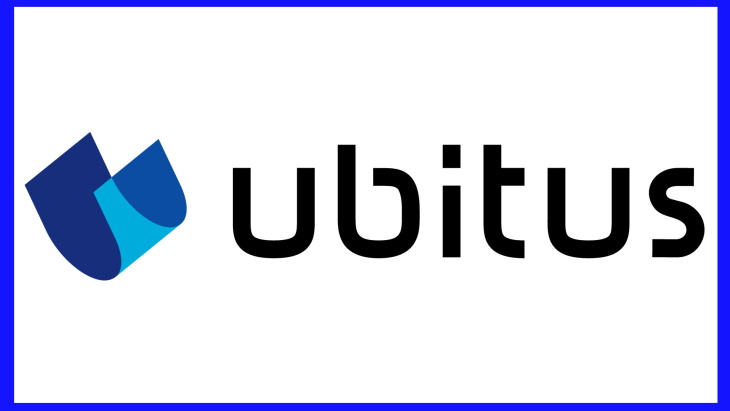
_49215.jpg)

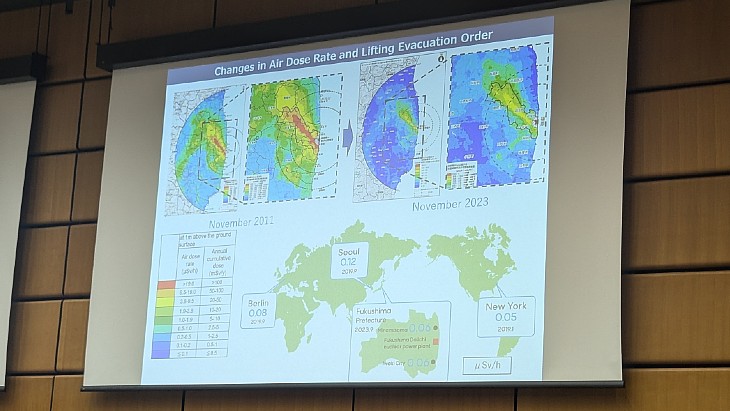
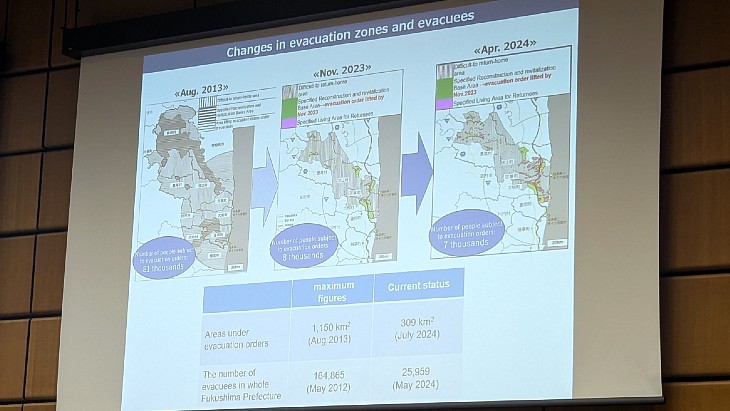
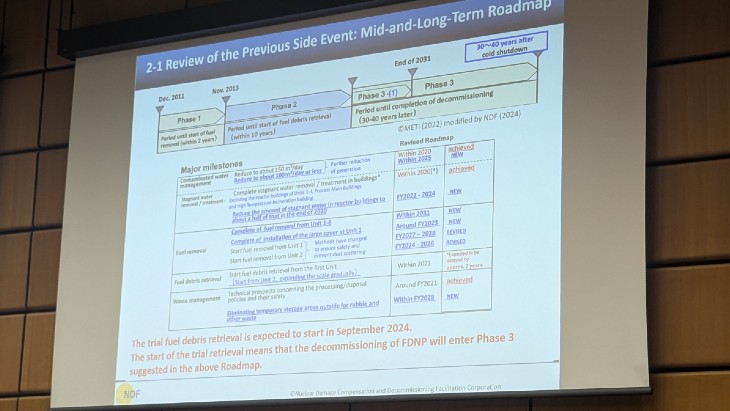
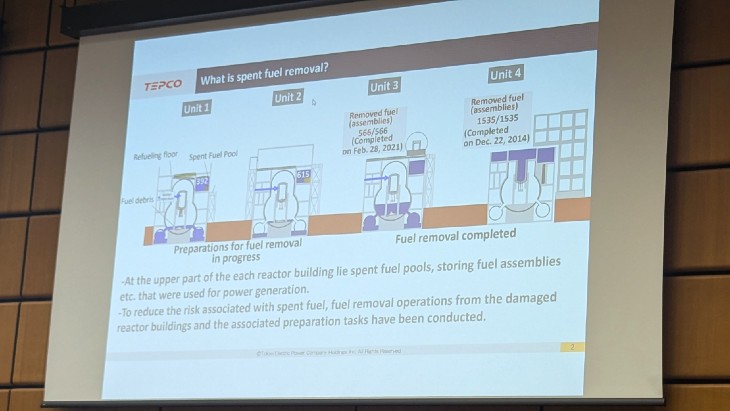
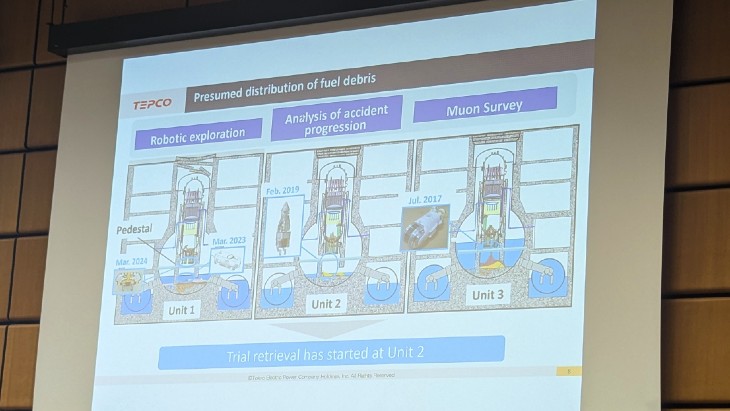
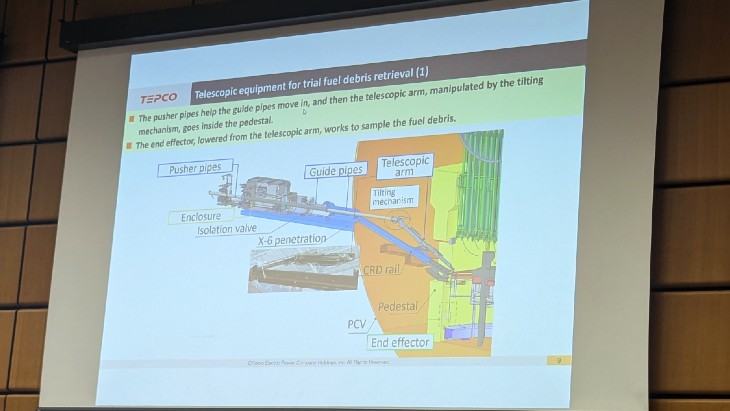
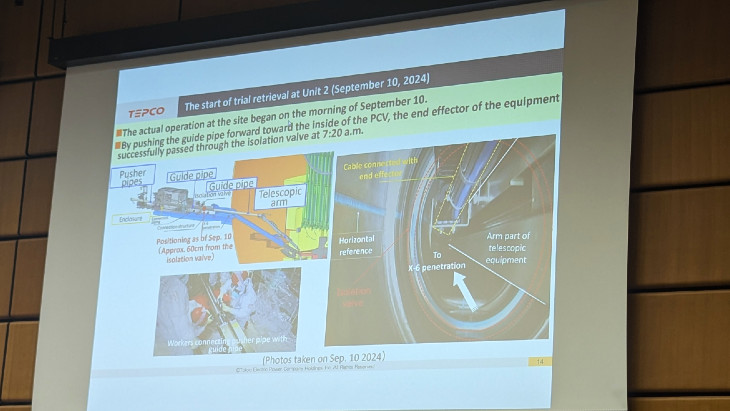
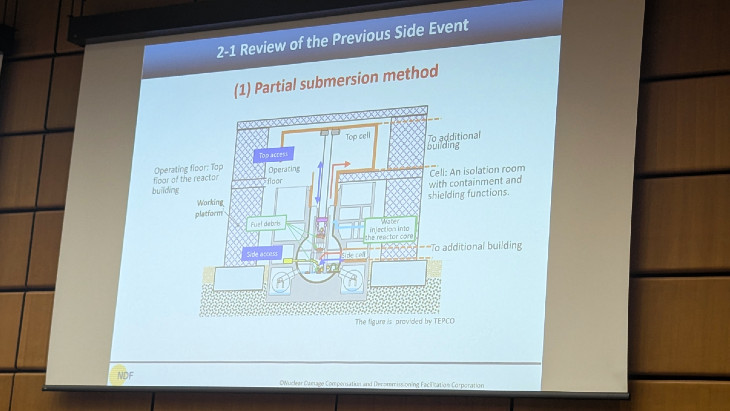
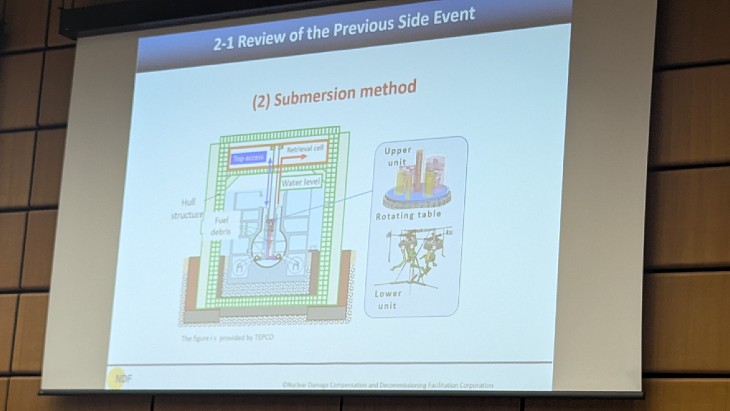
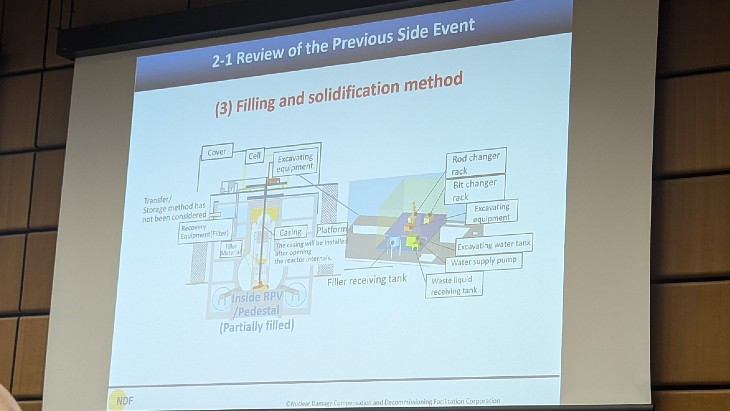
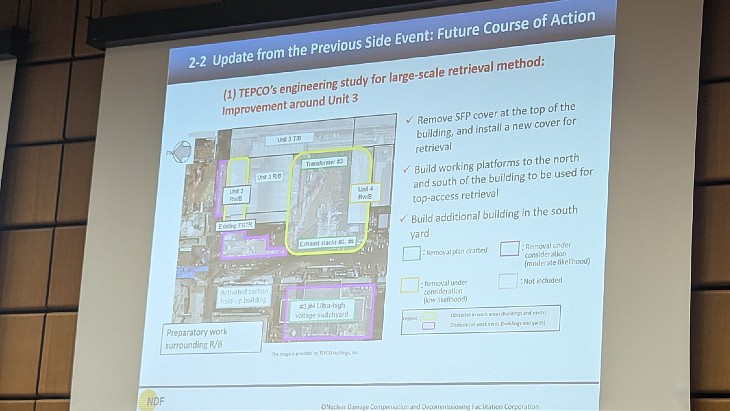
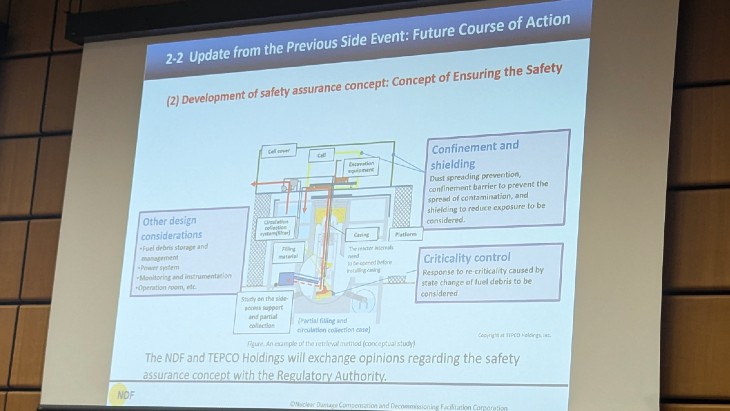
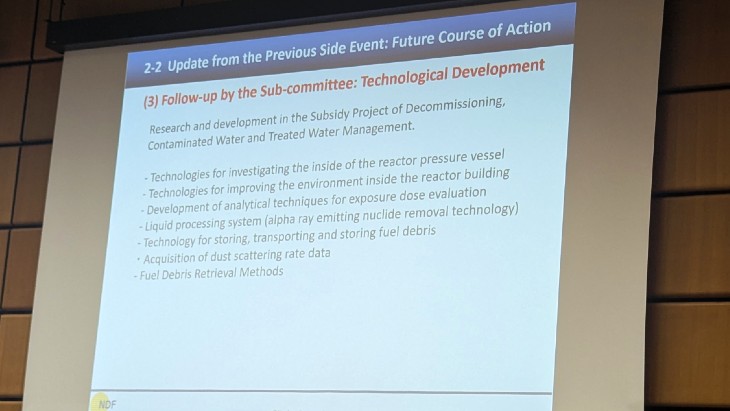
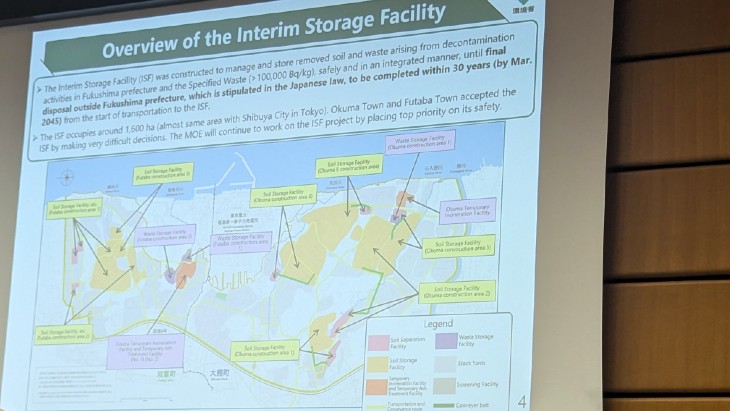
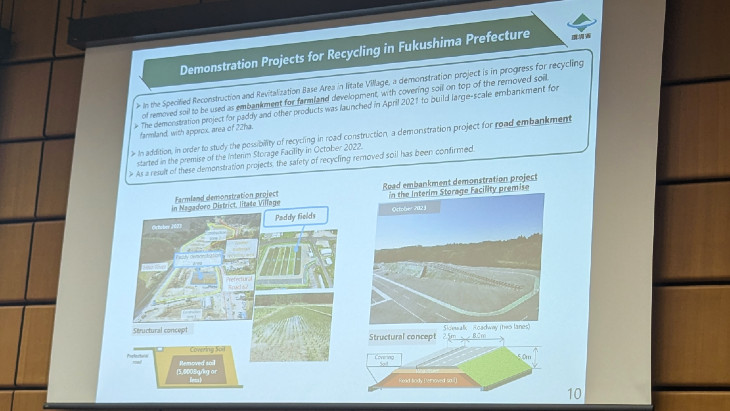
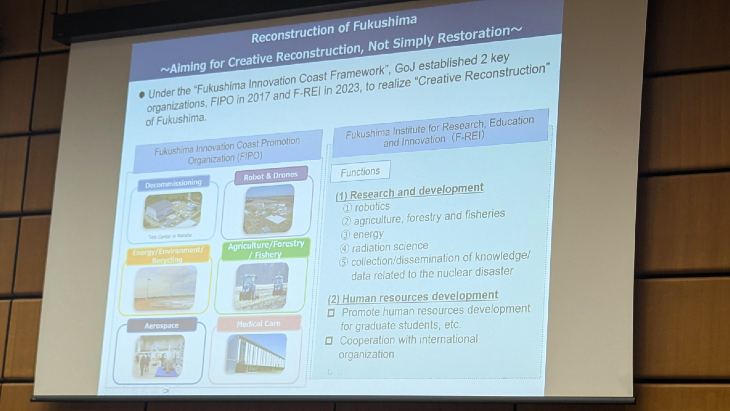
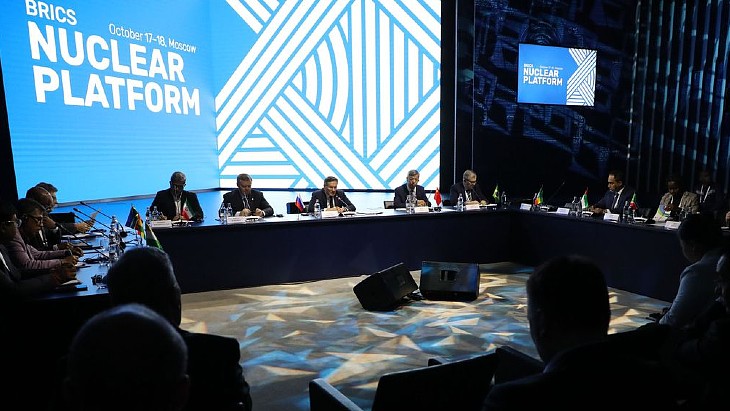
_95926.jpg)


